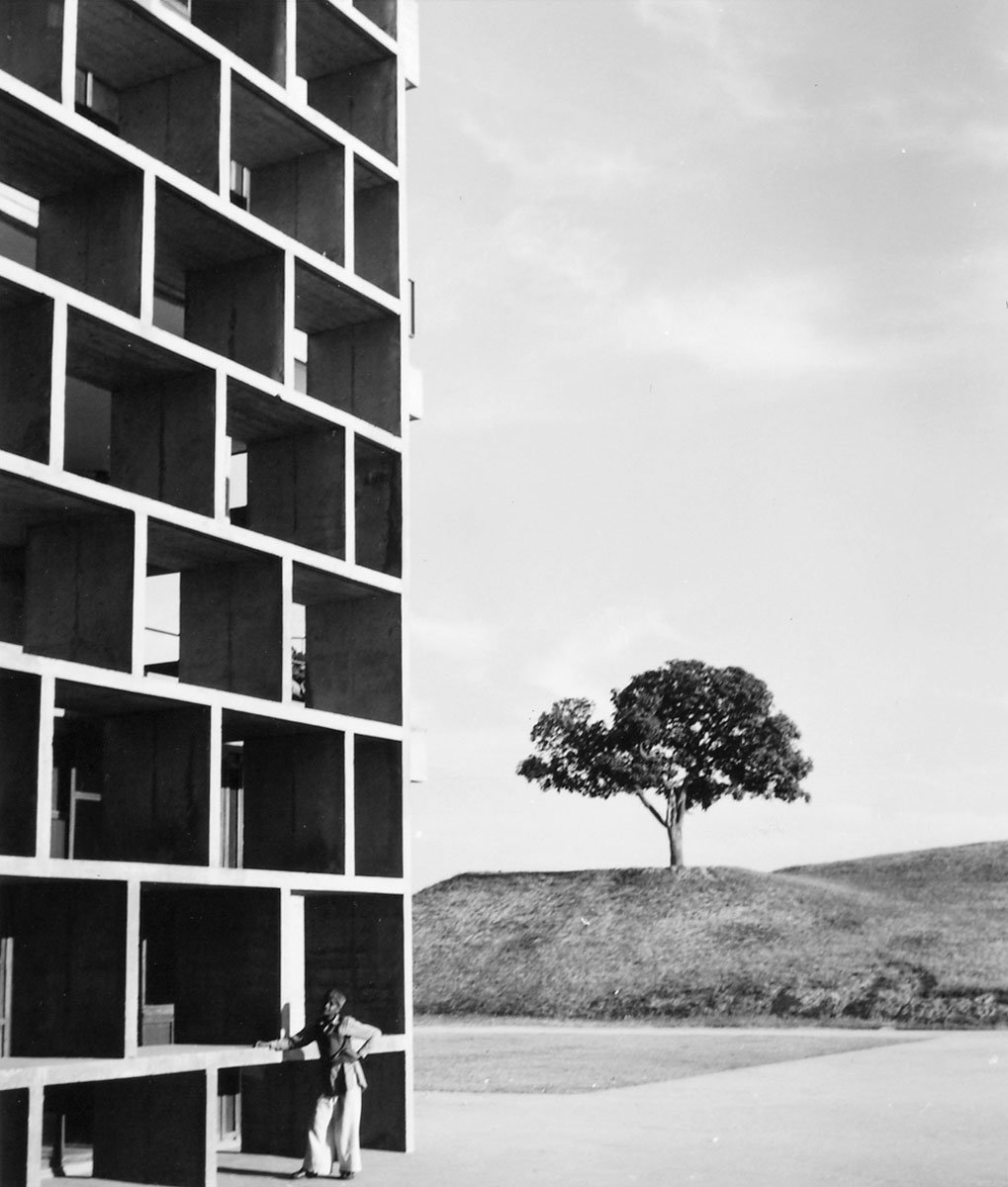
Igazságügyi palota, Chandigarh, India
1800 utáni Nemzetközi Gyűjtemény
| Alkotó | |
|---|---|
| Kultúra | francia |
| Készítés ideje | 1887 |
| Tárgytípus | festmény |
| Anyag, technika | olaj, vászon |
| Méret | 34,5 x 64,5 cm (13 9/16 x 25 3/8 in.) |
| Szignó | lent, balra: C/E (?Charenton) Laborne 1887? |
| Leltári szám | 504.B |
| Gyűjtemény | 1800 utáni Nemzetközi Gyűjtemény |
| Kiállítva | Ez a műtárgy nincs kiállítva |
A folyópartot ábrázoló kis méretű, hosszúkás formátumú tájkép több évtizeden át tévesen a csaknem ismeretlen francia festő, Edme Émile Laborne neve alatt szerepelt a gyűjteményben. A kutatás nemrégiben bizonyította, hogy az alkotás valójában egy jóval elismertebb mester, Albert Lebourg (1849–1928) kezétől való. A normandiai születésű, független szellemű Lebourg-t gyakran hozták kapcsolatba az impresszionistákkal, két alkalommal (1879-ben és 1880-ban) együtt is kiállított a csoport tagjaival.
Lebourg a folyópartok szerelmese volt: előszeretettel helyezte el festőállványát a Rouen és Párizs környékén haladó folyók mentén, rögzítve a víz nyugodt hullámzását, a felhők vonulását, a fény változásait. A budapesti festmény a Párizstól délkeletre, a Szajna és a Marne összefolyásánál fekvő kisvárost, Charentont ábrázolja. Ez a vidék Lebourg számos festményének ihletője volt, aki merész, biztos ecsetkezeléssel adta vissza az iparosodó környék különös hangulatát.
A mű most először szerepel az állandó kiállításon, ahol Eugène Boudin, Camille Pissarro és Claude Monet munkáinak kíséretében végre elfoglalhatja méltó helyét a gyűjteményben.
For several decades, this small, somewhat elongated riverside landscape was inventoried in the museum’s collection under the name of the little-known French painter Edme Émile Laborne. Recent research has demonstrated, however, that it was actually the work of a much more highly acclaimed master, the Normandy-born Albert Lebourg (1849–1928). Lebourg, known for his independent spirit, was often associated with the impressionists, and he even exhibited with them twice, in 1879 and 1880. Lebourg was extremely fond of painting riversides, and he would often set up his easel along the rivers flowing through the environs of Rouen and Paris, recording the gentle waves of the water, the sweeping progress of the clouds and the constant changes of the light.
The Budapest painting shows Charenton, a small town to the southeast of Paris, at the confluence of the Seine and the Marne, which inspired numerous paintings by Albert Lebourg. The artist recreated the unique atmosphere of the increasingly industrial location using bold, confident brushstrokes.
This work is joining the permanent exhibition for the very first time, where it can at last take its rightful place alongside paintings by Eugène Boudin, Camille Pissarro, and Claude Monet.
Kovács, Anna Zsófia, “François Lespinasse “Un paysage d’Albert Lebourg redécouvert au musée des Beaux-Arts de Budapest””, Bulletin du Musée Hongrois des Beaux-Arts/Szépművészeti Múzeum Közleményei 123 (2018), 223-230 o.
A folyó kutatások miatt a műtárgyra vonatkozó információk változhatnak.